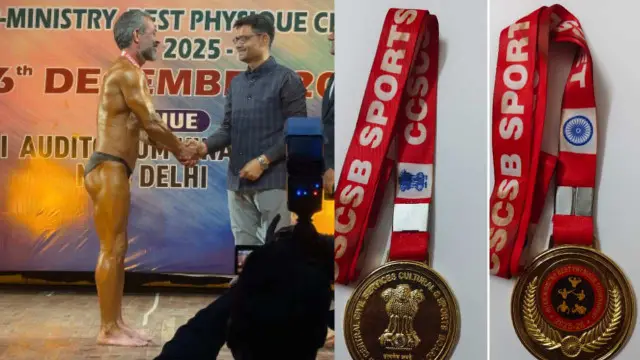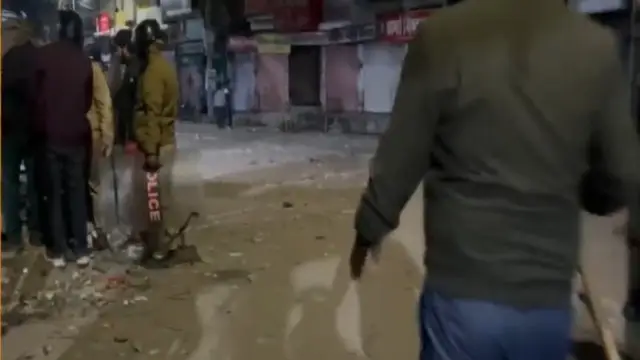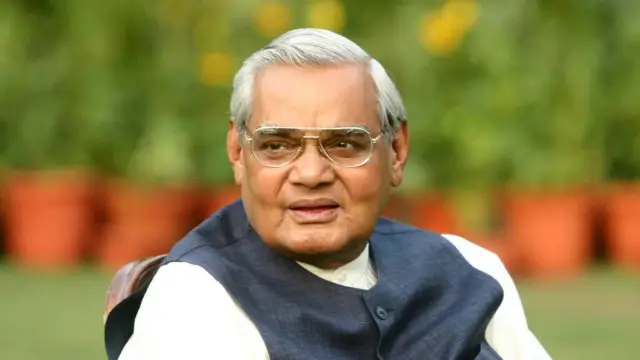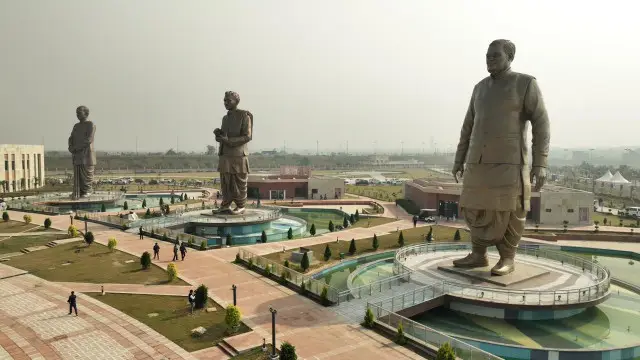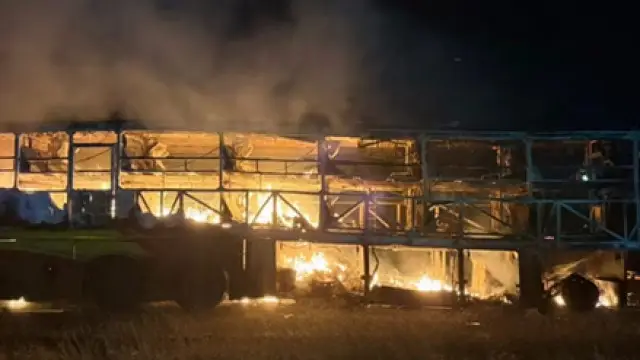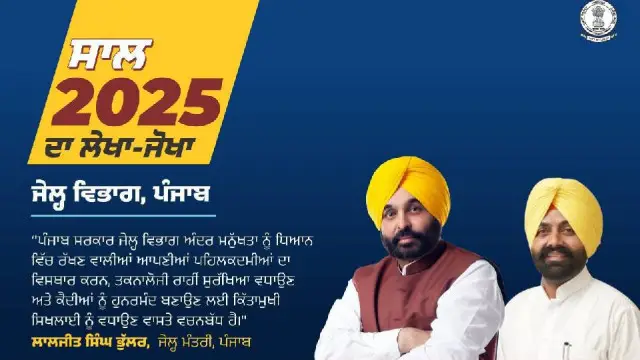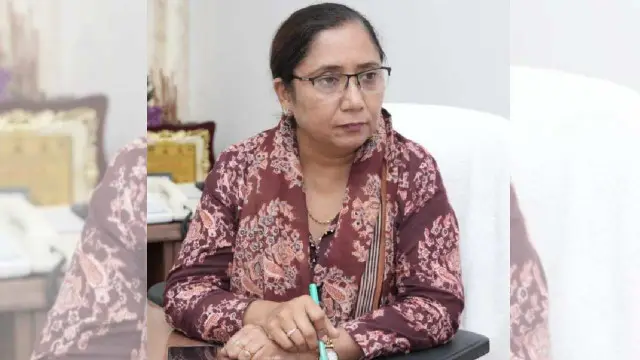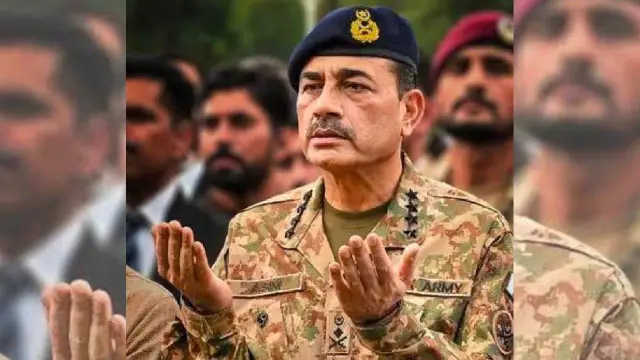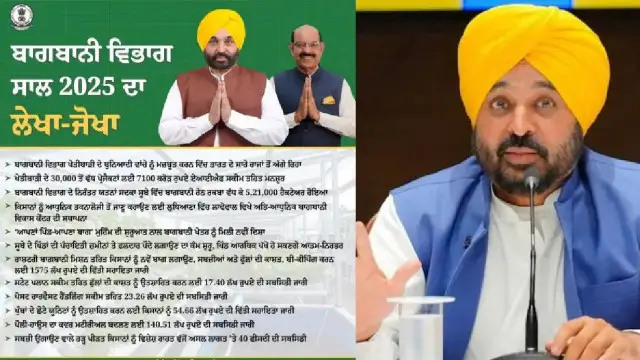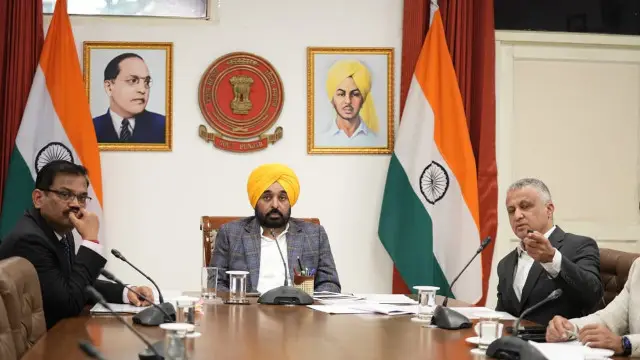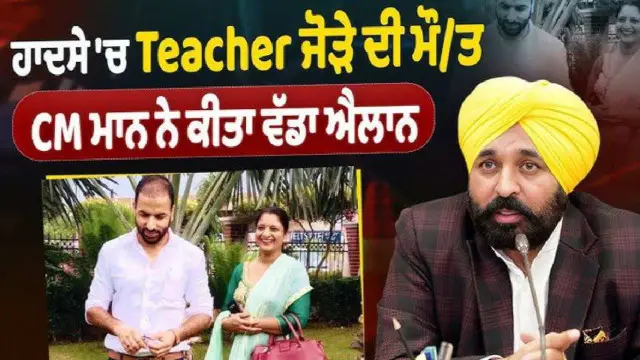Video controversy surrounds BJP MP Upendra Singh Rawat: Deepfake or genuine?
BJP MP Upendra Singh Rawat's secretary filed a formal complaint, prompting authorities to lodge an FIR against an unidentified perpetrator.

In a digital age rife with technological advancements, the realm of politics finds itself increasingly entangled in the web of online controversies. The latest episode involves Upendra Singh Rawat, a Member of Parliament representing the Bharatiya Janata Party (BJP), amidst allegations surrounding an explicit video purportedly featuring him. As the scandal unfolds, questions arise regarding the authenticity of the video, leading to debates over the possibility of deep-fake manipulation.
The Emergence of the Video
The controversy began when an explicit video purportedly depicting Upendra Singh Rawat surfaced online, swiftly making the rounds across various social media platforms. The video, if authentic, could have severe repercussions for Rawat's political career and tarnish the reputation of the BJP.
The Denial and Disbelief
In response to the video, Upendra Singh Rawat vehemently denied any involvement, labeling the footage as a malicious attempt to defame him. Rawat maintained his innocence, asserting that the video is a fabricated piece aimed at tarnishing his image and damaging his political standing.
As skepticism surrounding the video grew, speculation turned toward the possibility of deepfake technology being employed to create the alleged footage. Deepfake, a portmanteau of "deep learning" and "fake," refers to the use of artificial intelligence to manipulate or generate visual and audio content with striking realism. While initially confined to niche circles, deepfake technology has garnered attention for its potential to deceive and manipulate public perception.
Challenges in Verification
Verifying the authenticity of the video presents a formidable challenge, as advancements in deepfake technology have rendered it increasingly difficult to discern between genuine and manipulated content. Forensic analysis techniques may offer insights into the video's origins, but definitive conclusions remain elusive in the absence of concrete evidence.
Impact on Politics and Public Discourse
The emergence of the alleged video underscores the evolving landscape of political discourse in the digital age. With deepfake technology blurring the lines between truth and fiction, the potential for misinformation and character assassination looms large. Political adversaries may exploit such tools to sow discord, undermine trust, and manipulate public opinion, thereby subverting the democratic process.
In light of the controversy surrounding Upendra Singh Rawat, calls for enhanced vigilance and regulatory measures have intensified. Policymakers and tech industry stakeholders alike face mounting pressure to address the proliferation of deepfake technology and mitigate its detrimental impact on society. Striking a balance between preserving freedom of expression and safeguarding against malicious manipulation remains a daunting yet imperative task.
As the video controversy surrounding BJP MP Upendra Singh Rawat unfolds, the specter of deepfake manipulation casts a shadow over the veracity of digital content. In an era characterized by rampant misinformation and technological innovation, discerning truth from fiction has become an increasingly complex endeavor. Vigilance, critical thinking, and robust regulatory frameworks are essential in navigating the treacherous terrain of the digital age and preserving the integrity of democratic institutions.




